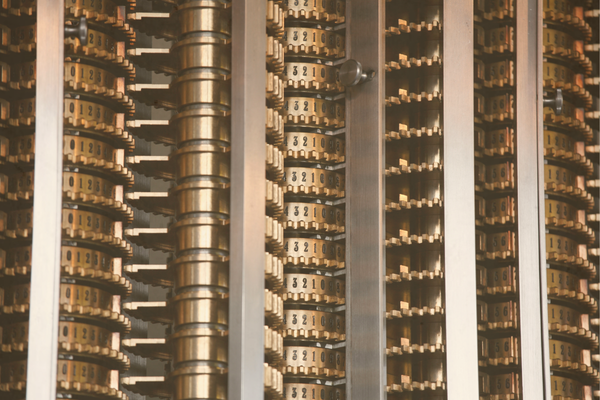Two centuries ago, in the heart of Stockholm, Georg Scheutz was born, a man whose later contributions would help realize one of the earliest visions of mechanical computation. While Charles Babbage is often credited as the father of the computer, it was Scheutz, along with his son Edvard, who built the world’s first working, commercially available version of Babbage’s Difference Engine.
As we mark the 240th anniversary of Scheutz’s birth, we celebrate a moment in history where theory met reality, and the first steps toward practical computing were taken.
Breathing Life Into Babbage’s Vision
In 1833, Georg Scheutz encountered a description of Charles Babbage’s Difference Engine, a proposed mechanical device designed to calculate and print mathematical tables with remarkable accuracy.
Babbage’s ambitious machine was never fully constructed in his lifetime, stymied by funding issues and engineering challenges. But Scheutz, a lawyer by training and a passionate tinkerer by nature, was inspired.
Teaming up with his son Edvard, the Scheutzes labored for years to design a simplified, functional version of the engine. By the 1850s, they had produced a machine capable of processing 15-digit numbers and calculating using fourth-order differences.
In 1855, their invention earned a gold medal at the Paris Exhibition and, perhaps more importantly, validated the practical potential of Babbage’s designs.
Early Applications in Science and Insurance
The Scheutz Difference Engine was more than a showpiece and carried real-world impact.
The Dudley Observatory in New York used it to compute astronomical tables, and another copy found a home with the British Registrar General, generating life insurance tables, a clear signal that computation was moving beyond academia and into the infrastructure of modern society.
This marked a turning point where mechanical computation had practical value.
While these engines were limited in function compared to modern computers, they established a foundation for automating complex calculations, something that would become essential in industries ranging from navigation to finance.
The Wrap
Georg Scheutz may not be a household name, but his work did help bridge the gap between conceptual brilliance and mechanical reality. By transforming Babbage’s blueprints into a functioning machine, he played a crucial role in the early evolution of computing technology.
On the 240th anniversary of his birth, we remember Scheutz as a pioneer who proved that even the most intricate ideas can be made real one gear at a time.






